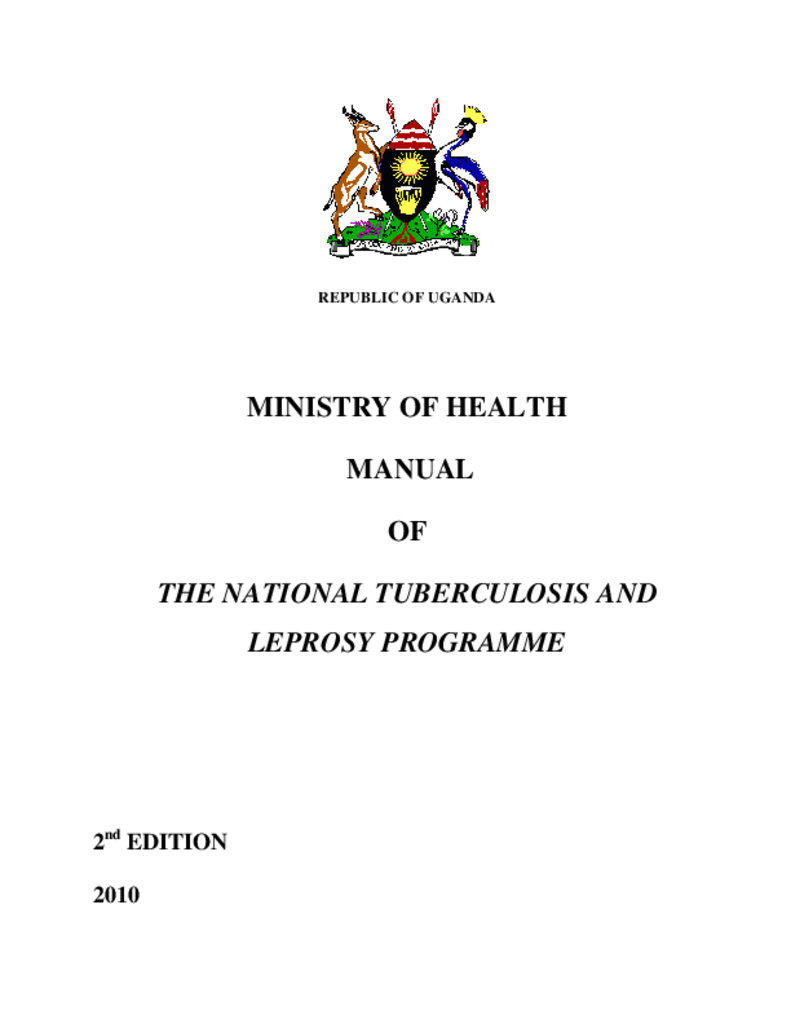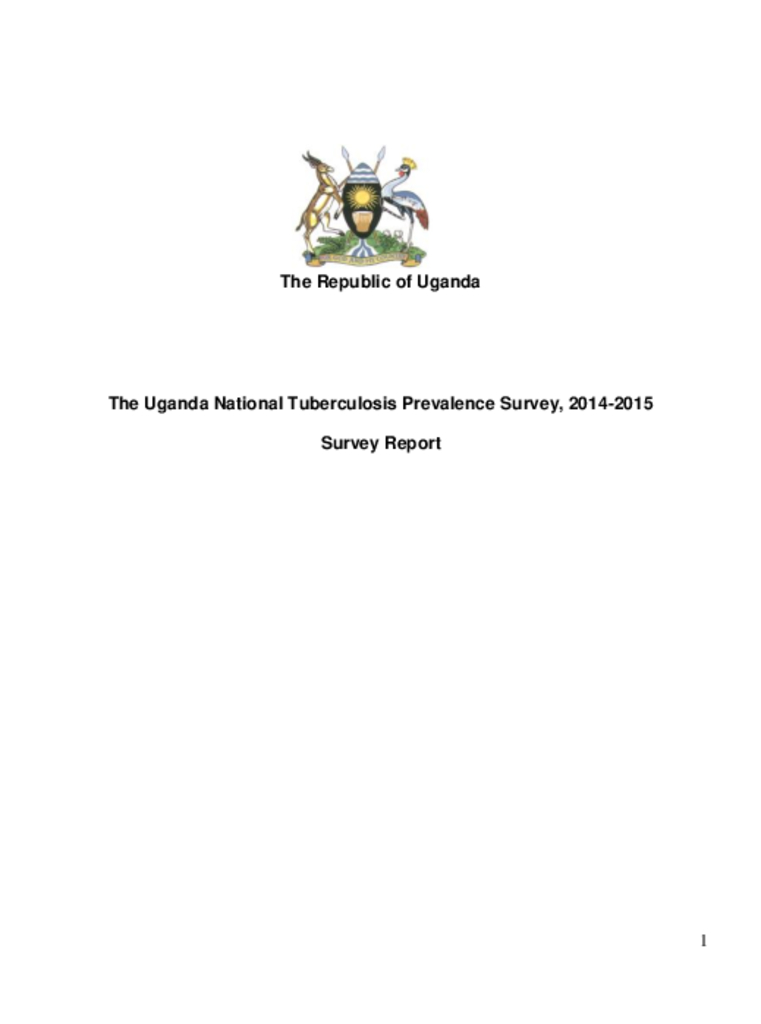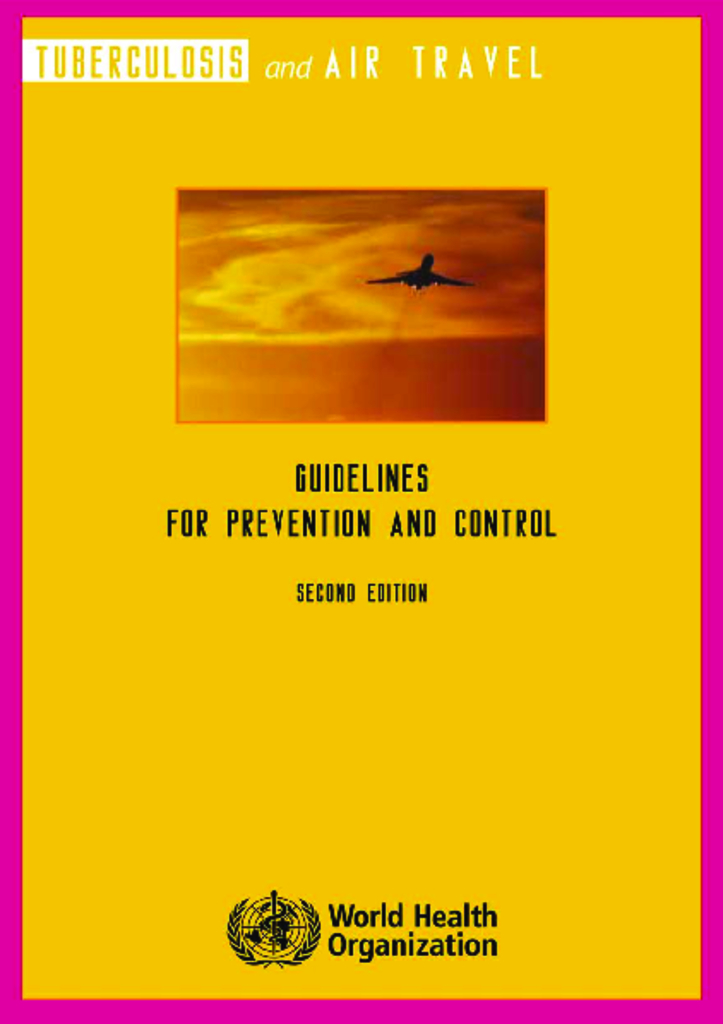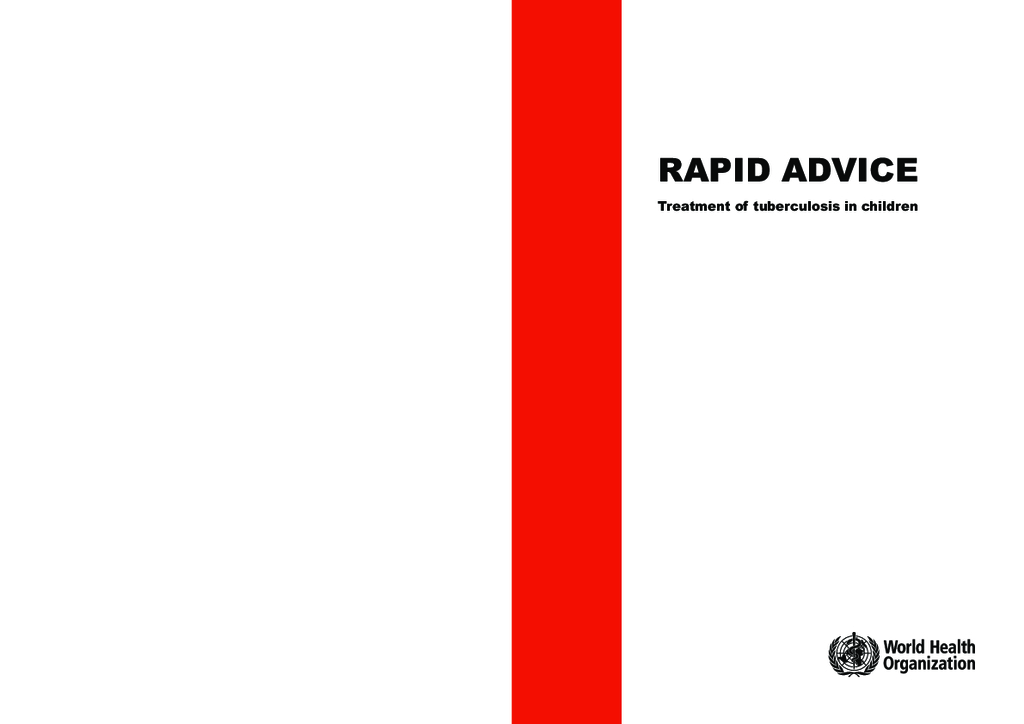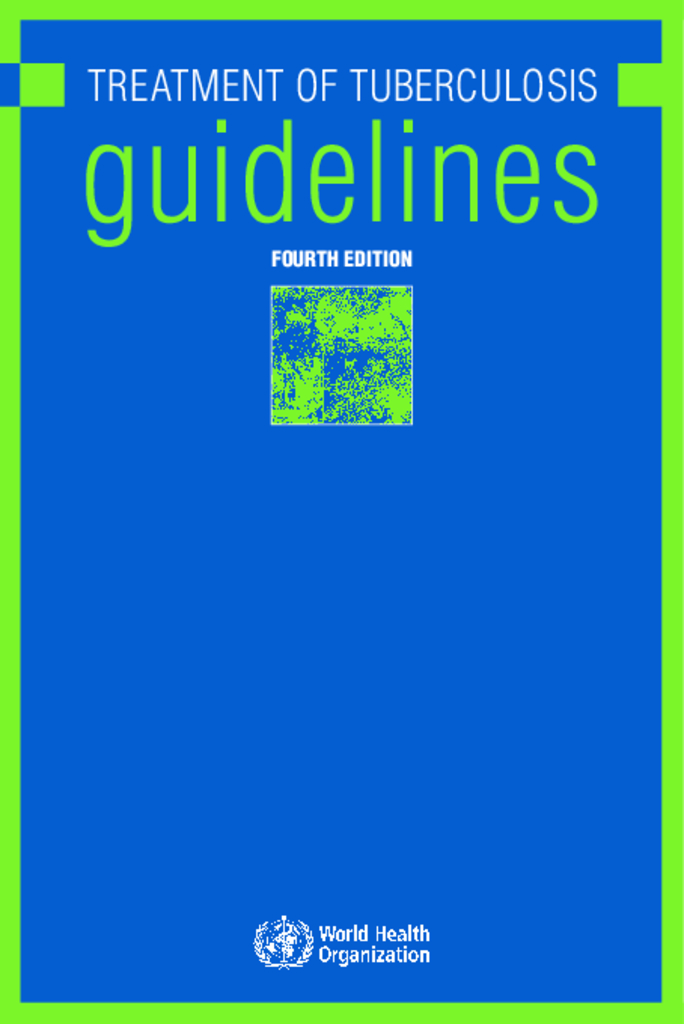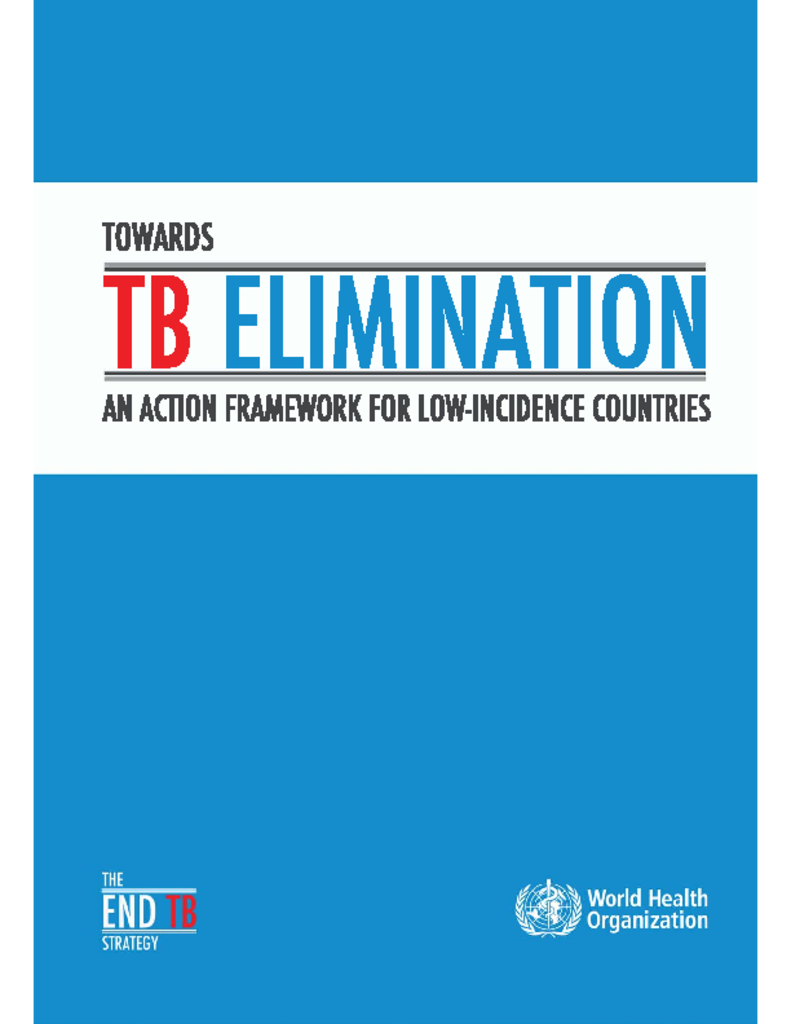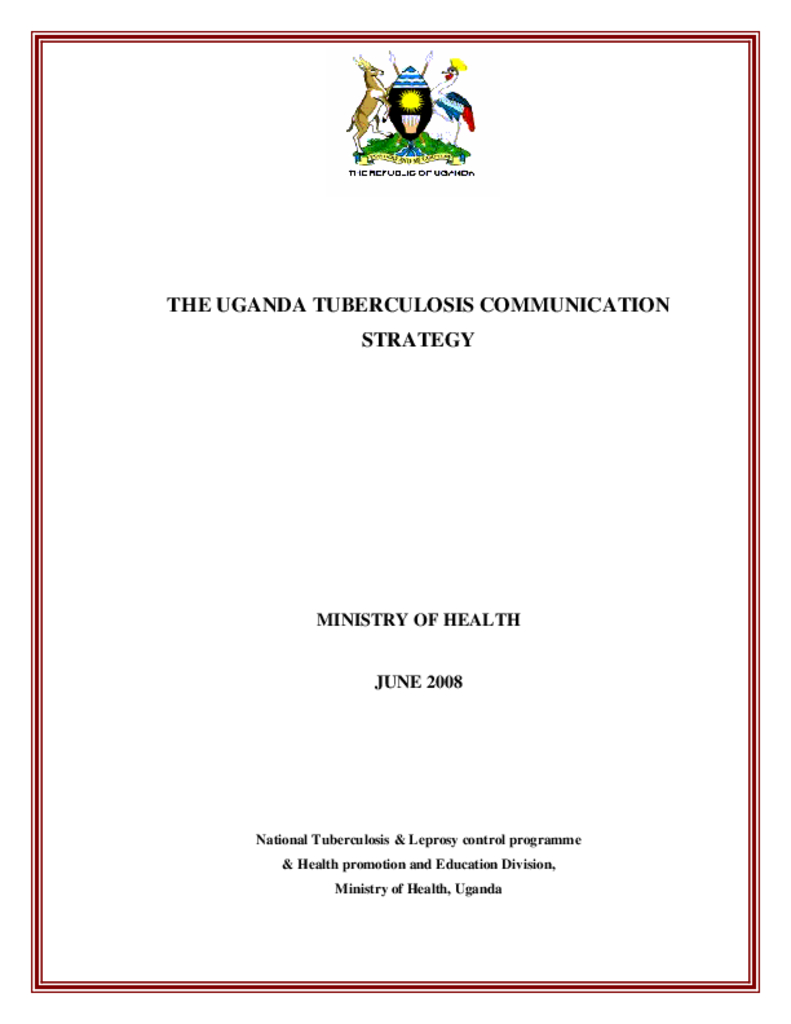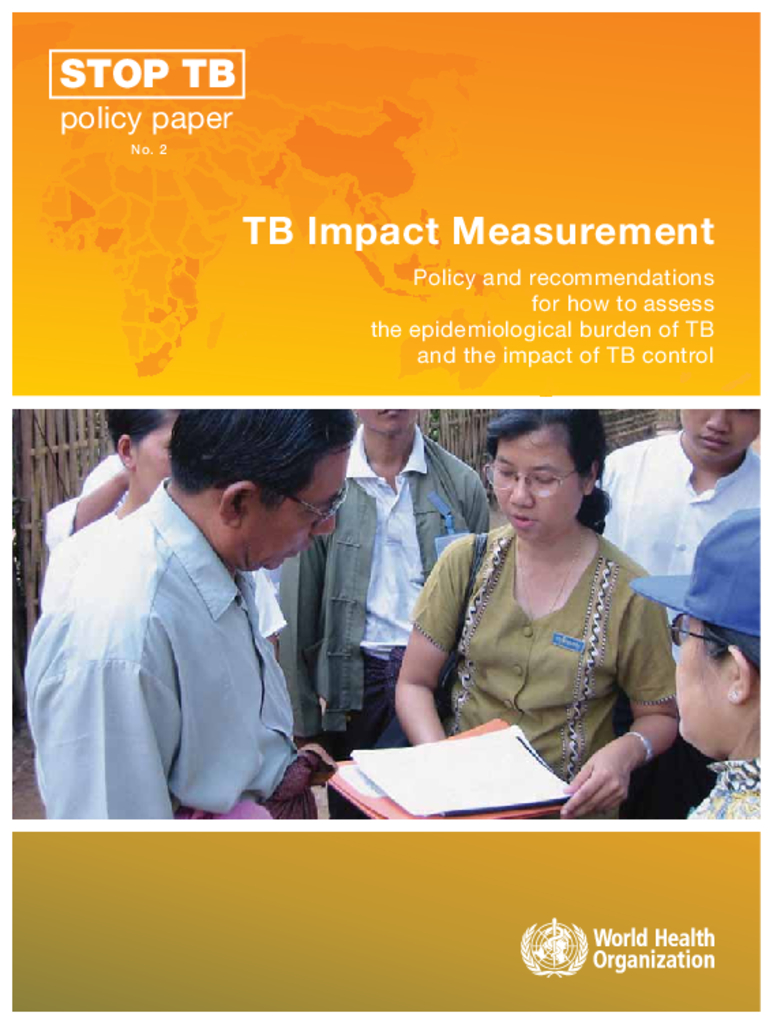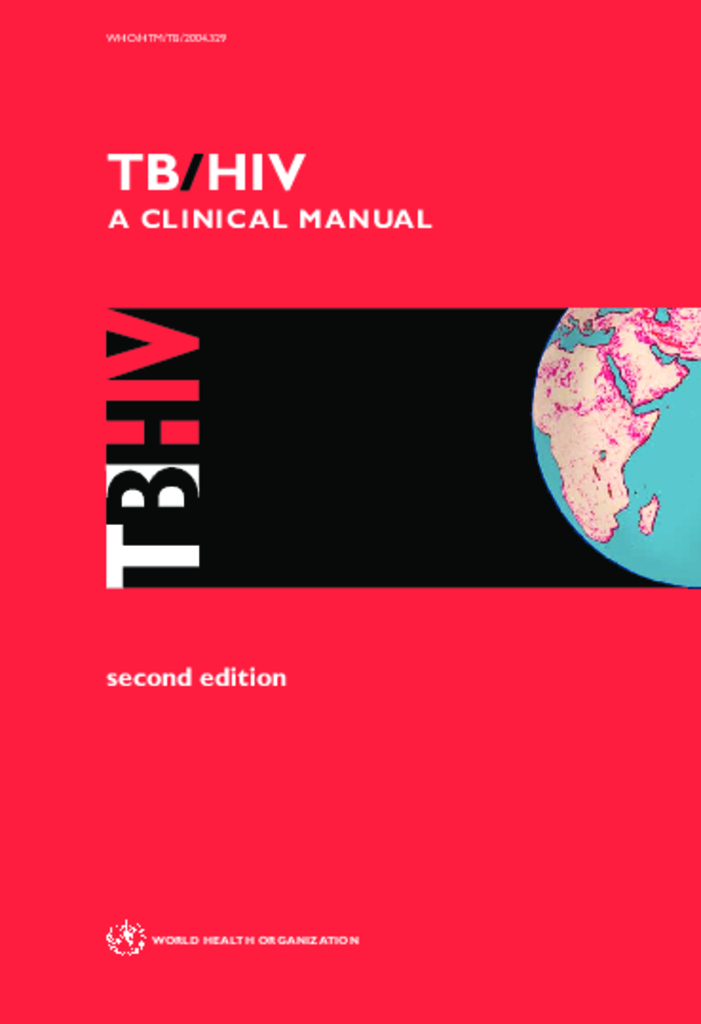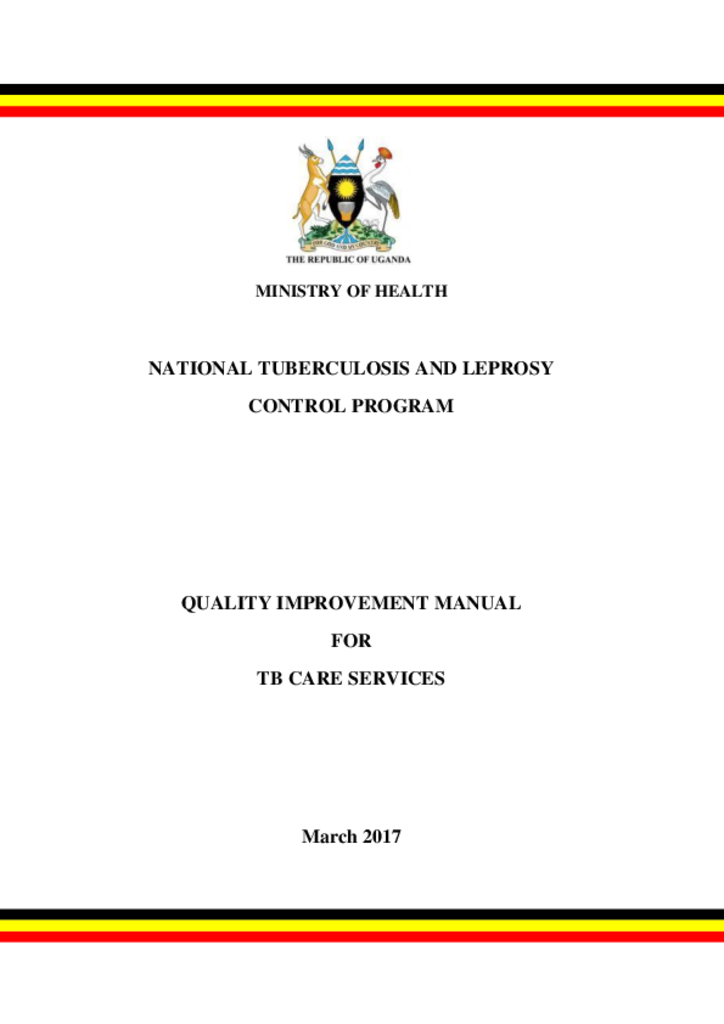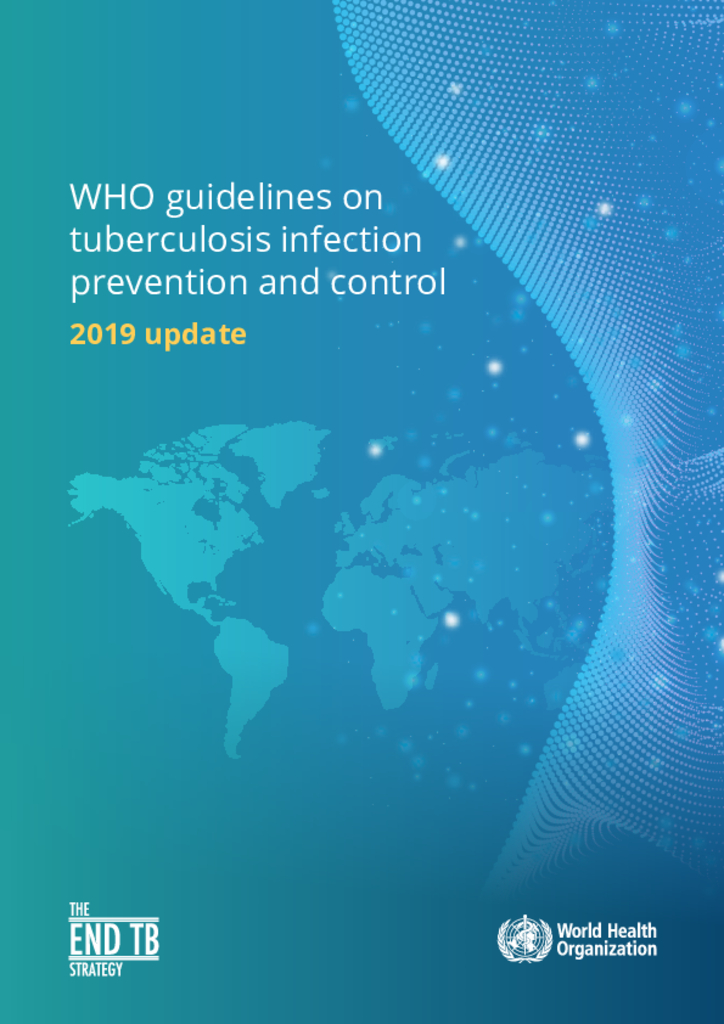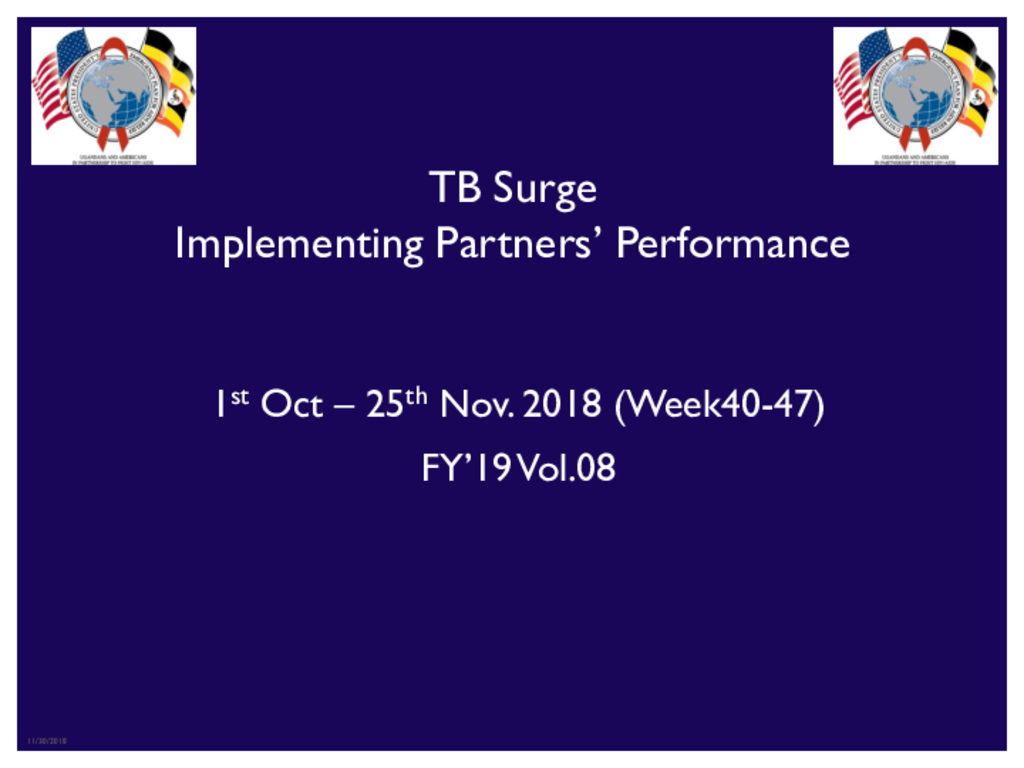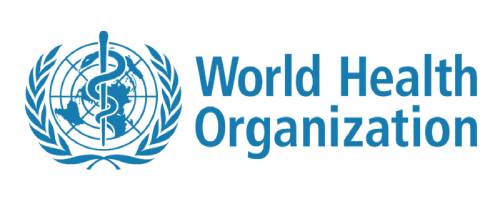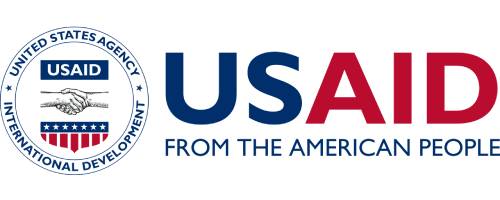Uganda was ranked 18th out of the 22 tuberculosis (TB) high-burden countries in the world during 2009. The Annual Risk of TB Infection (ARI) for Uganda is estimated at 3 percent. The incidence of TB is 330/100,000 population for all TB cases and 136/100,000 population for sputum smear-positive pulmonary TB. The death rate among sputum smear-positive pulmonary TB patients registered during 2008 was 5.3 percent in 2008
Uganda faces a high burden of tuberculosis (TB), but accurate estimates of the burden of TB in the country were unavailable. A national prevalence survey was therefore conducted from October 2014 to July 2015 to achieve the primary objective of estimating the prevalence of bacteriologically confirmed pulmonary TB (PTB) in the population aged >15 years in Uganda. In addition, the survey sought to estimate—
International travel has become increasingly easy and readily available. Ever greater numbers of people are using international air travel for many reasons including business, tourism, immigration, asylum seeking or humanitarian activities. There is a potential risk of transmission of tuberculosis (TB) and some other airborne or droplet-spread diseases on board commercial aircraft, particularly during long flights. Infections and in some instances outbreaks following exposure during a flight have been documented. Potential exposure to serious infectious diseases on commercial aircraft is of concern for passengers, crew and public health officials.
The World Health Organization (WHO) first published guidance for national tuberculosis control programmes on managing tuberculosis in children (hereafter called “the Guidance”) in 2006. The Guidance follows the principles of a public health approach aimed at optimizing outcomes, including the quality of life and survival, of children with tuberculosis; it also serves as a reference tool for countries to adopt and adapt according to their national circumstances
Major progress in global tuberculosis (TB) control followed the widespread implementation of the DOTS strategy. The Stop TB Strategy, launched in 2006, builds upon and enhances the achievements of DOTS. New objectives include universal access to patient-centred treatment and protection of populations from TB/HIV and multidrug-resistant TB (MDR-TB). The Stop TB Strategy and the Global Plan to implement the new strategy make it necessary to revise the third edition of Treatment of tuberculosis: guidelines for national programmes, published in 2003.
This Framework offers a coherent approach for eliminating tuberculosis (TB) in low-incidence countries. It is designed to guide national policy-makers and those responsible for technical aspects of the national TB response in accelerating efforts towards elimination. The document will also be informative for public health surveillance officers, practitioners and nongovernmental and civil society partners working on national TB care and prevention and serving the populations most vulnerable to TB.
Ministry of Health emphasizes the need to promote health services with the aim of increasing access and utilization of the services. Prevention and control of Tuberculosis is one of the priority services of the health sector that has had inadequate promotion as a result of lack of communication strategic guidelines. This has made it difficult to achieve the national TB control programme objectives/targets of detecting 70% of new TB infectious cases and uccessfully treat 85% of them using DOTS strategy and worse still in an environment in which HIV/AIDS has complicated the management of TB.
Global targets for reducing the epidemiological burden of tuberculosis (TB) – measured as incidence, prevalence and mortality – have been set for 2015 within the context of the Millennium Development Goals (MDGs) and by the Stop TB Partnership. The targets are that the TB incidence rate should be falling globally by 2015 and that TB prevalence and death rates should be halved by 2015 compared with their levels in 1990. Achieving these impact targets is the focus of national and international efforts to control TB, and demonstrating whether or not they are achieved is of major importance for individual countries, the United Nations, the Stop TB Partnership and a variety of technical, financial and development agencies.
Untreated HIV infection leads to progressive immunodeficiency and increased susceptibility to infections, including TB. HIV is driving the TB epidemic in many countries, especially in sub-Saharan Africa and, increasingly, in Asia and South America.TB in populations with high HIV prevalence is a leading cause of morbidity and mortality.TB programmes and HIV/AIDS programmes therefore share mutual concerns.
Tuberculosis (TB) remains a disease of great public health concern in Uganda. The country is one of the 30 high TB/HIV burden countries in the world. The prevalence of TB estimated in the recently concluded National TB prevalence survey is almost two times higher than had previously been estimated (253 compared to 161 per 100,000 population)
Worldwide, tuberculosis (TB) continues to be the most important cause of death from a single infectious microorganism.1 Although recent decades have witnessed increased efforts in the fight to end TB, fundamental gaps are hampering these efforts, particularly in resource-constrained settings and in settings with a high burden of disease
This publication is about the TB statistics in Uganda.
